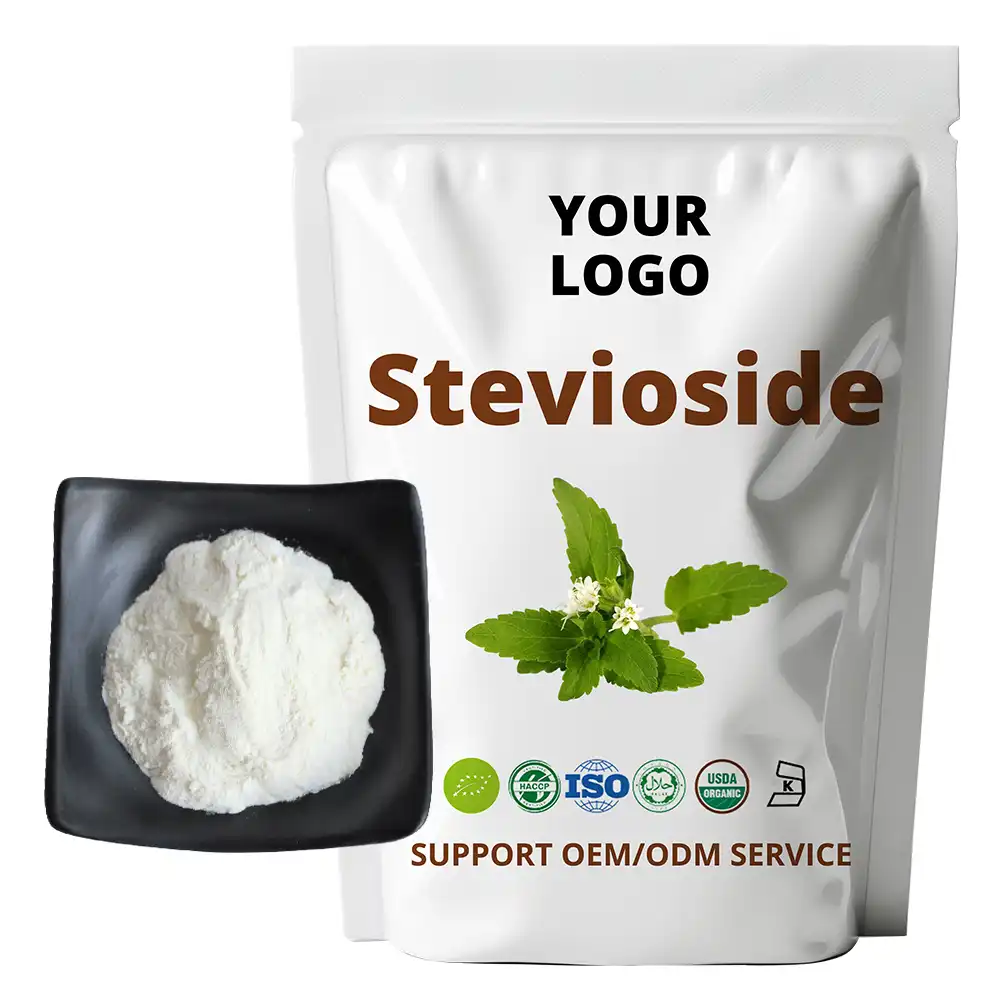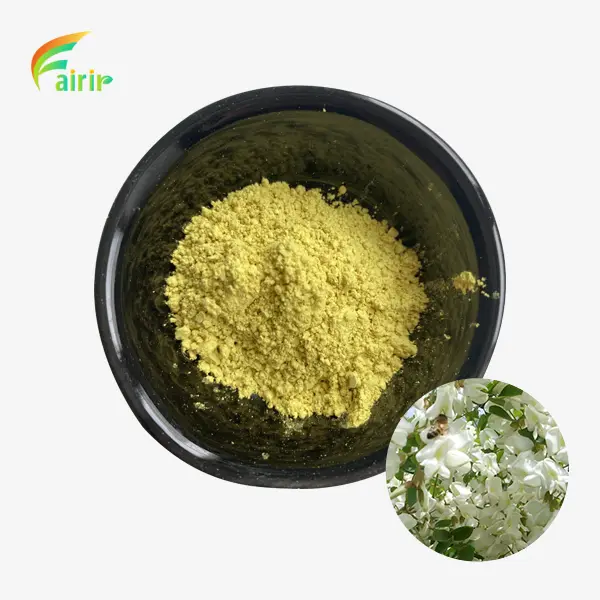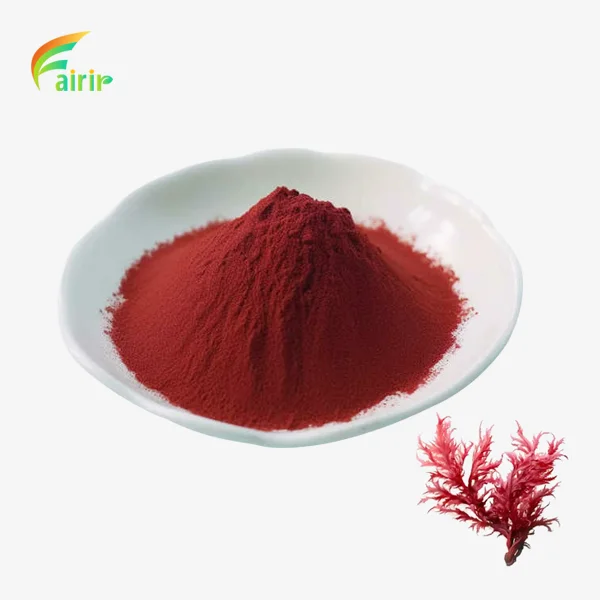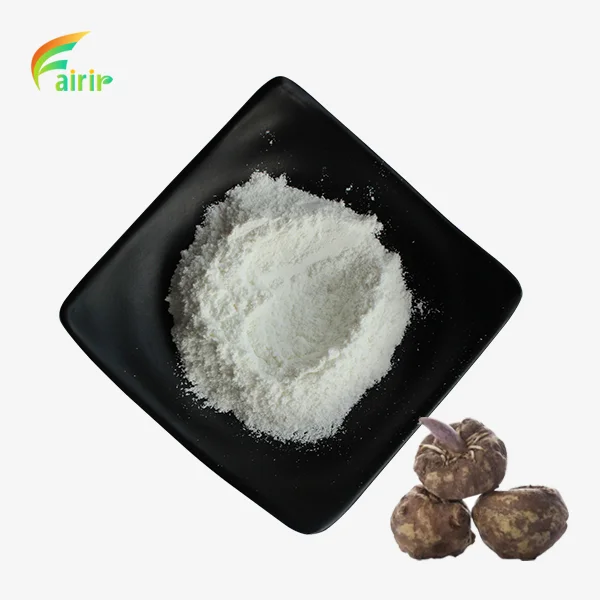Stevioside Powder: Safety Profile And Regulatory Status
Stevioside powder, derived from the leaves of the Stevia rebaudiana plant, has gained significant attention in recent years as a natural, zero-calorie sweetener alternative to sugar. As consumers increasingly seek healthier options and regulatory bodies worldwide scrutinize food additives, understanding the safety profile and regulatory status of stevioside powder has become crucial for both manufacturers and consumers. This blog post delves into the current scientific understanding of stevioside's safety, its regulatory approval status in various countries, and the ongoing research that continues to shape our knowledge of this popular sweetener. We'll explore the extensive studies conducted on stevioside's toxicology, its potential health benefits, and the evolving regulatory landscape that governs its use in food and beverage products globally.

What are the potential health benefits of Stevioside Powder?
Blood Sugar Management
Stevioside powder has shown promising results in helping to manage blood sugar levels, making it an attractive option for individuals with diabetes or those at risk of developing the condition. Studies have demonstrated that stevioside can enhance insulin sensitivity and reduce post-meal blood glucose spikes. The mechanism behind this effect is thought to be related to stevioside's ability to stimulate insulin secretion from pancreatic beta cells without causing hypoglycemia. Additionally, stevioside powder may help reduce cravings for sugary foods, further supporting blood sugar control. As a zero-calorie sweetener, it allows people to enjoy sweet tastes without the glycemic impact of sugar, potentially aiding in long-term blood sugar management strategies.
Weight Management
One of the most significant advantages of stevioside powder is its potential role in weight management. As a calorie-free sweetener, it can help reduce overall calorie intake when used as a substitute for sugar in beverages and foods. This substitution can be particularly beneficial for individuals looking to lose weight or maintain a healthy weight. Stevioside powder doesn't contribute to the calorie content of foods and drinks, allowing for the creation of low-calorie alternatives to traditionally high-sugar products. Moreover, some studies suggest that stevioside may have a positive effect on satiety, potentially helping to reduce overall food intake. By providing sweetness without the calories, stevioside powder can be an effective tool in comprehensive weight management programs.
Oral Health
Stevioside powder offers significant benefits for oral health, making it an attractive alternative to sugar for those concerned about dental hygiene. Unlike sugar, stevioside does not contribute to tooth decay or the formation of cavities. The bacteria in the mouth that cause dental caries cannot metabolize stevioside, meaning it doesn't provide a food source for harmful oral bacteria. Some studies have even suggested that stevioside may have antimicrobial properties that could help reduce the growth of plaque-forming bacteria. This makes stevioside powder an excellent choice for sweetening oral care products like toothpaste and mouthwash. Additionally, for individuals who enjoy sweet beverages, using stevioside as a sweetener can help maintain good oral health without sacrificing taste.
How does Stevioside Powder compare to other natural sweeteners?
Sweetness Intensity
Stevioside powder stands out among natural sweeteners due to its exceptional sweetness intensity. It is estimated to be 200-300 times sweeter than sucrose (table sugar), making it one of the most potent natural sweeteners available. This high sweetness level means that only a small amount of stevioside powder is needed to achieve the same level of sweetness as sugar, potentially leading to cost savings in product formulations. Compared to other natural sweeteners like monk fruit extract or thaumatin, stevioside powder offers a similar level of sweetness intensity. However, it surpasses the sweetness of natural alternatives such as xylitol or erythritol, which are only about as sweet as sugar. This high potency allows for significant sugar reduction in various food and beverage applications while maintaining the desired sweetness profile.
Taste Profile
The taste profile of stevioside powder is unique among natural sweeteners. While it provides intense sweetness, some consumers report a slight bitter or licorice-like aftertaste, especially at higher concentrations. This aftertaste is less pronounced in high-purity stevioside extracts and can be mitigated through careful formulation and blending with other sweeteners. In comparison to other natural sweeteners, stevioside's taste profile is often described as cleaner and more sugar-like than that of artificial sweeteners. It lacks the cooling effect associated with sugar alcohols like xylitol or the fruity notes of monk fruit extract. Many food manufacturers appreciate stevioside powder for its ability to closely mimic the taste of sugar in various applications, from beverages to baked goods, making it a versatile ingredient in product development.
Stability and Functionality
Stevioside powder exhibits excellent stability and functionality in food and beverage applications, often surpassing other natural sweeteners in these aspects. It is heat-stable, making it suitable for use in baking and cooking processes where high temperatures are involved. Unlike some artificial sweeteners that break down under heat, stevioside maintains its sweetness and does not produce off-flavors when exposed to high temperatures. Additionally, stevioside powder is pH-stable, allowing it to be used in a wide range of acidic and alkaline environments without losing its sweetening power. This stability contributes to its long shelf life in finished products. In terms of functionality, stevioside powder dissolves well in water, making it easy to incorporate into liquid formulations. It also synergizes well with other sweeteners, allowing for custom sweetener blends that can closely match the taste and mouthfeel of sugar in complex food systems.
What are the regulatory considerations for using Stevioside Powder in food products?
FDA Approval Status
The regulatory status of stevioside powder in the United States is governed by the Food and Drug Administration (FDA). The FDA has granted Generally Recognized as Safe (GRAS) status to high-purity steviol glycosides, including stevioside, for use as a sweetener in food. This GRAS status allows manufacturers to use stevioside powder in a wide range of food and beverage products without additional approval. However, it's important to note that the FDA's approval is specific to steviol glycosides with a high purity level, typically 95% or higher. Manufacturers must ensure that their stevioside powder meets these purity standards to comply with FDA regulations. Additionally, while stevioside is approved for use in food, it is not currently permitted as an additive in dietary supplements in the US, a distinction that manufacturers must be aware of when developing new products.
European Union Regulations
In the European Union, stevioside powder is regulated under the Novel Food Regulation and has been approved for use as a food additive. The European Food Safety Authority (EFSA) has evaluated the safety of steviol glycosides and established an Acceptable Daily Intake (ADI) of 4 mg per kg of body weight per day. This ADI applies to all steviol glycosides, including stevioside. EU regulations require that steviol glycosides used in food products must have a purity of at least 95%. The use of stevioside powder is permitted in various food categories, but with specific maximum levels defined for each category. These levels are expressed as steviol equivalents, taking into account the relative sweetness and molecular weight of different steviol glycosides. Manufacturers using stevioside powder in products for the EU market must adhere to these maximum levels and ensure proper labeling, including the E number E960 for steviol glycosides on ingredient lists.
Global Regulatory Landscape
The global regulatory landscape for stevioside powder varies significantly across different countries and regions. While it has gained widespread acceptance in many parts of the world, regulations and approval status can differ. In Japan, for example, stevia has been used as a sweetener for decades and is widely accepted in the food industry. Australia and New Zealand have approved steviol glycosides for use in food through their joint food standards authority, FSANZ. In Canada, steviol glycosides are permitted as food additives in various food categories. Many South American countries, where the stevia plant is native, have long histories of using stevia and have established regulations for its use in food. However, some countries still have restrictions or have not yet approved stevioside for use in food products. Manufacturers looking to use stevioside powder in global markets must navigate this complex regulatory landscape, ensuring compliance with local laws and regulations in each target market.
Conclusion
Stevioside powder has emerged as a promising natural sweetener with a favorable safety profile and increasing regulatory acceptance worldwide. Its potential health benefits, including blood sugar management and weight control, coupled with its intense sweetness and stability in various applications, make it an attractive option for food manufacturers and health-conscious consumers alike. While regulatory considerations vary globally, the overall trend points towards broader acceptance and use of stevioside in food products. As research continues and regulations evolve, stevioside powder is likely to play an increasingly important role in addressing the global demand for healthier, low-calorie sweetening options.
For more information on high-quality stevioside powder and other plant extracts, please contact Shaanxi Fairir Biotech Co., Ltd. at sales@fairirbiotech.com. As a leading manufacturer and supplier, we are committed to providing innovative, sustainable, and effective solutions to meet the evolving needs of various industries worldwide.
References
1. Geuns, J. M. C. (2003). Stevioside. Phytochemistry, 64(5), 913-921.
2. Urban, J. D., Carakostas, M. C., & Brusick, D. J. (2013). Steviol glycoside safety: Is the genotoxicity database sufficient? Food and Chemical Toxicology, 51, 386-390.
3. Ashwell, M. (2015). Stevia, Nature's Zero-Calorie Sustainable Sweetener: A New Player in the Fight Against Obesity. Nutrition Today, 50(3), 129-134.
4. Gardana, C., Simonetti, P., Canzi, E., Zanchi, R., & Pietta, P. (2003). Metabolism of stevioside and rebaudioside A from Stevia rebaudiana extracts by human microflora. Journal of Agricultural and Food Chemistry, 51(22), 6618-6622.
5. European Food Safety Authority. (2010). Scientific Opinion on the safety of steviol glycosides for the proposed uses as a food additive. EFSA Journal, 8(4), 1537.
6. Carakostas, M. C., Curry, L. L., Boileau, A. C., & Brusick, D. J. (2008). Overview: The history, technical function, and safety of rebaudioside A, a naturally occurring steviol glycoside, for use in food and beverages. Food and Chemical Toxicology, 46(7), S1-S10.











_1751965378790.webp)